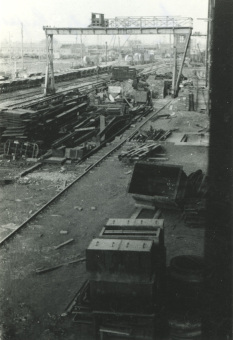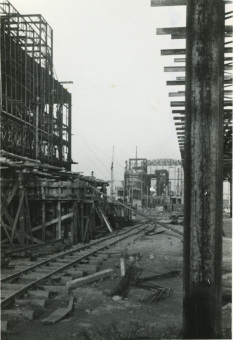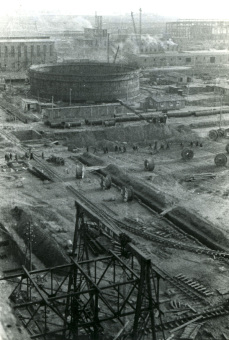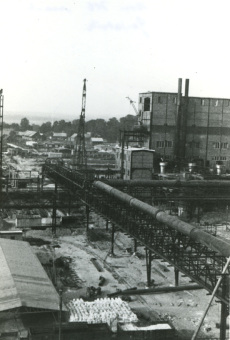Timeline for I.G. Farben and the Buna/Monowitz Concentration Camp
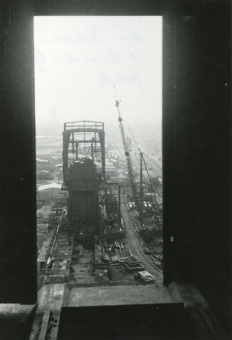
© Fritz Bauer Institute (Zahn papers)
1925
The German chemical firms BASF, Bayer, Hoechst, Agfa, Weiler-ter-Meer, and Griesheim-Elektron found the “Community of Interest of the Dye Industry” (Interessensgemeinschaft Farbenindustrie Aktiengesellschaft; known as I.G. Farben).
1928
The share capital of I.G. Farben has a market value of 3 billion RM and accounts for 2 percent of Germany’s national wealth of 150 billion RM. The I.G. Farben managers are part of the Weimar Republic’s economic elite; they hold political offices and are active lobbyists. The concern has worldwide operations.
1933
Even before the transfer of power to the NSDAP, I.G. Farben has improved its contacts to this party. In the early years of Nazi rule, the concern makes a shift, embracing the party’s economic and political policies regarding rearmament and autarky.
1937
At the Schkopau plant of I.G. Farben, the first large-scale manufacturing facility for “Buna” synthetic rubber comes on stream.
1937/38
Almost all the members of the I.G. Farben managing board and the central committee, as well as all the leading members of the central planning and Four-Year Plan offices in Berlin, are NSDAP members.
1938
I.G. Farben manager Carl Krauch becomes Plenipotentiary for Special Issues of Chemical Production in the Office of the Four-Year Plan. He also is a member of the supervisory board of I.G. Farben.
1939–1945
I.G. Farben is a part of the war economy of the German Reich.
1941
Establishment of I.G. Auschwitz. The plant is intended to be used for production of synthetic rubber and gasoline. At the same time, this project is part of the German Reich’s policy of Germanization. Expulsion of Jews and Poles from the region is a component of the plan.
1942
Building of the company-owned Buna/Monowitz concentration camp, which is part of the Auschwitz camp complex. The prisoners are employed under inhuman conditions as forced laborers at the I.G. Auschwitz construction site. More than 25,000 die, some at the construction site or in the camp, while others are selected and killed in the gas chambers of Auschwitz-Birkenau.
January 23, 1945
The I.G. Auschwitz construction site is abandoned shortly before the arrival of the Red Army. The prisoners of the Buna/Monowitz concentration camp have already been forced to leave the camp on January 18 and go on death marches.
November 1945
The Allied Control Council issues Law No. 9, which provides for the seizure of the assets of I.G. Farben and the splitting up of the concern.
1947
In Case VI of the Subsequent Nuremberg Trials, the leading managers of the I.G. Farben concern are called to account before the American Military Tribunal in Nuremberg. Thirteen managers are sentenced and imprisoned for some period. Shortly thereafter they return to roles in the economic life of the young FRG.
1950
The Allied High Commission decrees the breakup of I.G. Farbenindustrie A.G. In the following years, the concern is split into separate firms: Bayer, BASF, Hoechst, and Cassella. Residual assets, small in amount, and remaining commitments and claims are assigned to I.G. Farben in Liquidation (i.L.).
1951–57
Former Buna/Monowitz prisoner Norbert Wollheim sues I.G. Farben i.L., seeking compensation for withheld wages and restitution of damages. After long negotiations, an agreement is reached between the concern and the Claims Conference, according to which I.G. Farben i.L. allocates 30 million DM for compensation of former forced laborers.
2001
Establishment of the I.G. Farben Industry Foundation.
2003
I.G. Farben i.L. declares bankruptcy.
(GK; transl. KL)



















